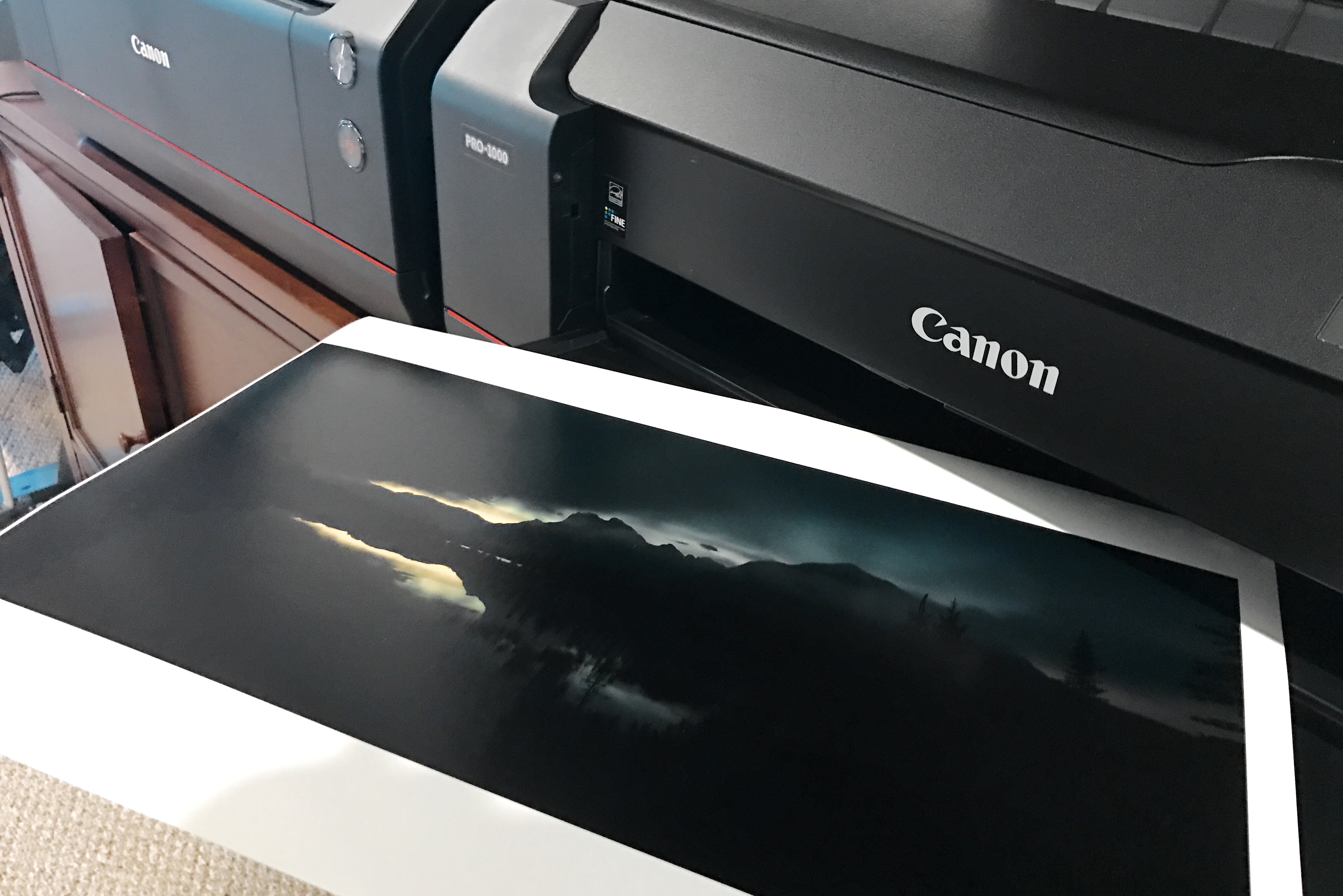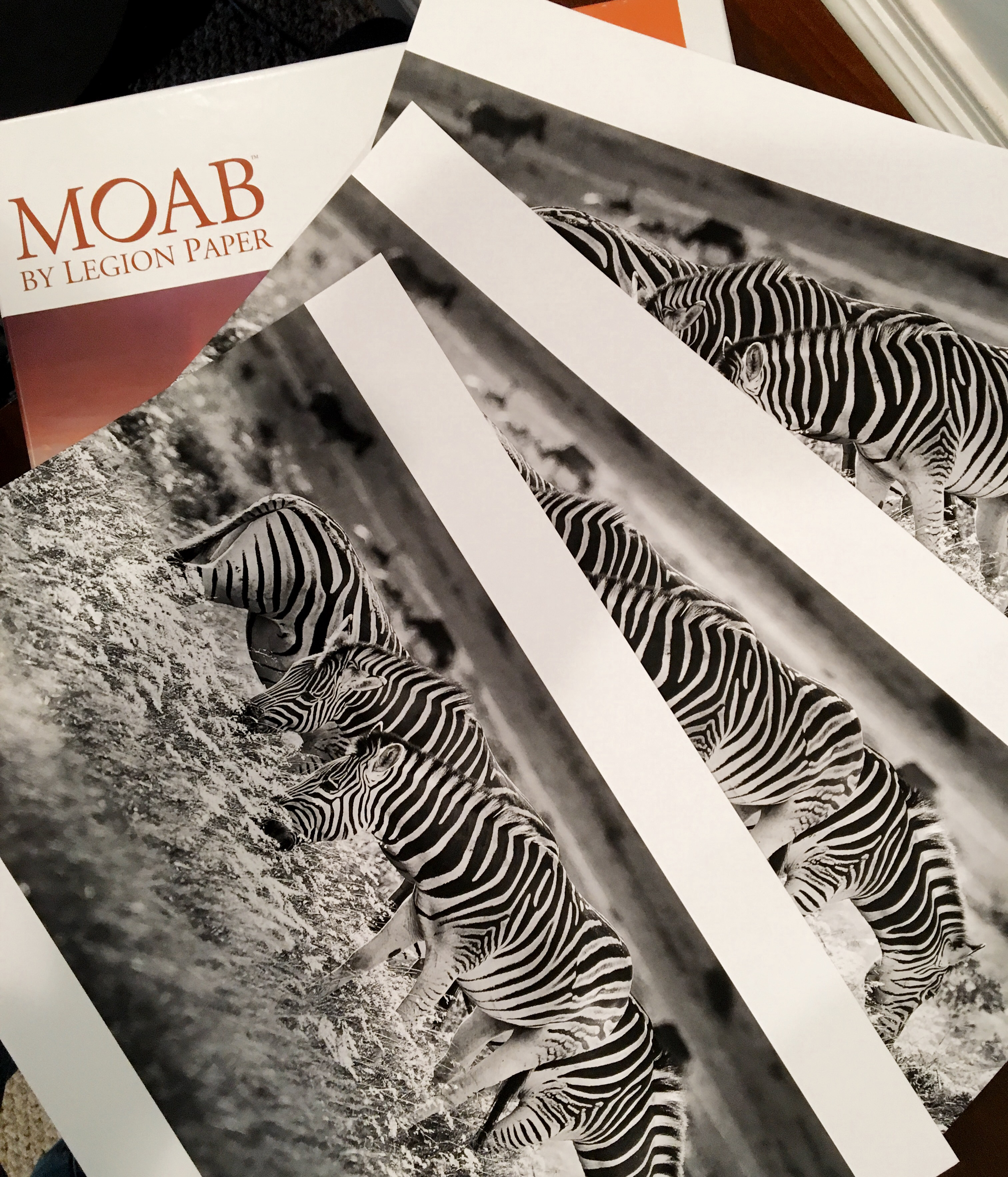
Giclée! Giclée???
Okay, everyone, close your books, put down your pencils and pay attention. In a moment I will either dispel a myth or educate you, take your pick. But for now, just listen up. Please stop calling photographic art prints “Giclée prints”! Got it?
What Is a Giclee Print?
We hear the term, ‘Giclée print’ bandied about nowadays and so I get asked about it a lot. This sophisticated-sounding word sounds very French, very artsy, very upscale. Some sellers tack the moniker onto their digital prints and charge an extra 20% or so.
But what is it that you are buying with that Giclée descriptor added? Ready? Absolutely. Positively. Nothing! All a Giclée print means is that you are buying an inkjet digital print. Period. End of story.
History of Giclée
The Giclée term evolved after digital printing started, when photographers wanted to distinguish their individually printed images from mass market, cheap prints that dominated the market (and still do). In a stroke of genius, one smart-alec printer came up with the marketing term Giclée.
According to Wikipedia, the term Giclée originates from the French, meaning to squirt, spurt or spray. That’s it. The print-maker wanted to indicate that the prints came from ink droplets being sprayed on paper. However, in the French vernacular, the term indicates a messy spurting. In fact, and I do not mean to be crude here, it is used commonly in France to indicate male ejaculation. (Check Wikipedia yourself if you don’t believe that).
So if you are buying a Giclée print, please know that it is a useless and sometimes deceiving term to indicate an inkjet print, and that’s all. It does not add any inherent value to the print. Any value to any print lies in the eye of the beholder and in the technique of the photographer and print-maker.
So What Should You Look For?
Given a print of an image that speaks to your artistic sense, the things you want to make sure of are that the print-maker used top quality paper and archival inks, then handled the print delicately until it reached your hand. Signed prints are usually worth more, but please make sure that the print edition does not run into the hundreds of copies or they will merely be worth the proverbial paper they are printed on. The fewer prints to the edition the more opportunity there is for appreciation, but don’t count on that and buy for that reason alone. You should love the image and the way it is printed.

Testing pints on Moab paper
By the way, the term “archival” is also not a precise scientific term. As applied to photographic ink and art papers, it is simply describes that the papers and inks have been tested to last a very long time, usually 100 years or more.
In a future blog I’ll address the issue of print permanence and display options. But as far as fine art photographic prints go, please don’t be fooled by Giclée.